10 reasons why 2018 was another great year for Buzzards Bay
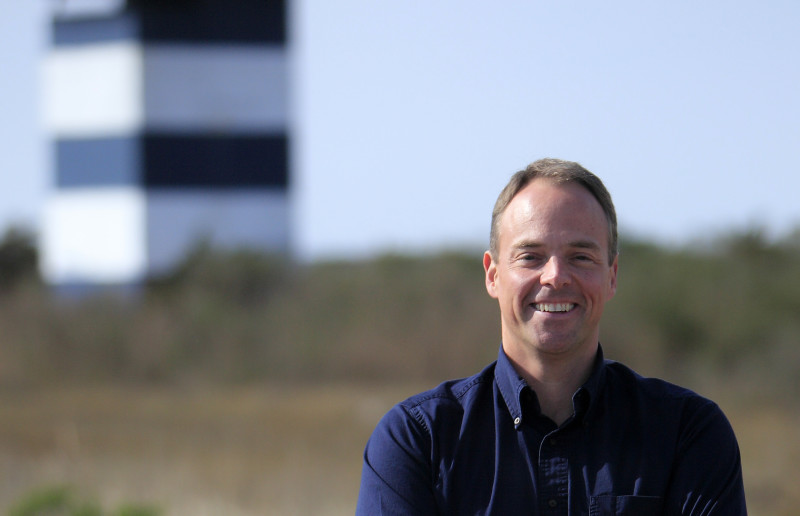
Mark Rasmussen is the president of the Buzzards Bay Coalition and Buzzards Baykeeper®
SAVE Buzzards Bay. You see it on bumper stickers on cars, boats, and tackle boxes around the region, and on a big banner down the side of our downtown New Bedford headquarters. But what does it really mean beyond being a catchy slogan?
The fight for clean water is a gradual, powerful movement that builds over decades. Saving Buzzards Bay means tireless dedication to our mission, intense focus on the issues that matter most, and big goals that may seem impossible until they’re done. It’s accomplished through projects like the ones below, which the Coalition focused its energy to advance over the past year.
Your outstanding commitment to our success makes achievements like these possible. Although so much remains to be done to protect and restore the Bay’s health, I’m proud to share with you some of our greatest accomplishments from 2018.
We’ll continue to work on these and more great projects to save Buzzards Bay in 2019. You can help support these projects by making a year-end contribution to the Coalition today. (We’ll even send you one of those bumper stickers.)
1. Advancing nitrogen pollution reductions from wastewater to the upper Bay
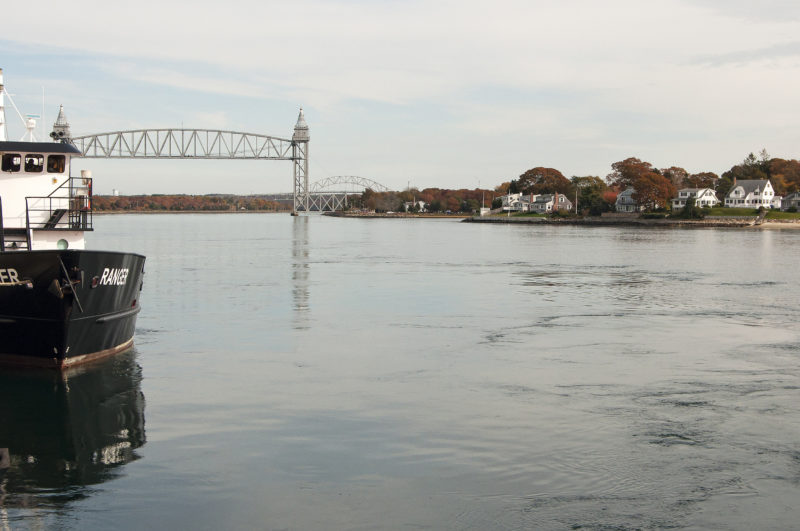
To help clean up the waterways of upper Buzzards Bay, we’re spearheading the largest multi-town pollution reduction project in the Bay’s history.
The waterways of the upper portion of Buzzards Bay – places like the Agawam River and Wareham River, Buttermilk Bay and Little Buttermilk Bay, Sippican Harbor, Aucoot Cove, and the Weweantic River – make up one-third of the Bay watershed. And every single one of these waterways is on the state’s “dirty waters” list due to nitrogen pollution.
To help clean up these waterways, we’re spearheading the largest multi-town pollution reduction project in the Bay’s history. This regional effort, which is bringing together Wareham, Bourne, Plymouth, Marion, and the Massachusetts Maritime Academy, would connect more upper Bay homes to Wareham’s state-of-the-art wastewater treatment plant to dramatically cut nitrogen pollution from wastewater – potentially by as much as 80,000 pounds per year. Big, forward-thinking projects like this are not possible without your support.
This summer, the U.S. EPA’s Southeast New England Program (SNEP) awarded us a $419,000 grant to further develop this partnership over the next two years.
2. Improving our ability to protect clean water with the opening of the Marion Science & Field Operations Center
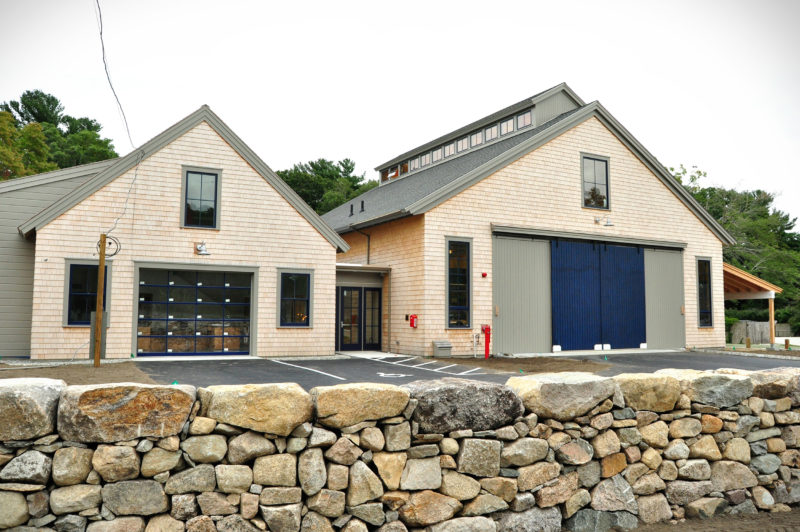
Located at the corner of Spring Street and Route 6, the Marion Science and Field Operations Facility will support the Coalition’s diverse field operations – from water quality to land stewardship to outdoor exploration – all from Marion’s “front door.”
In October, we celebrated the completion of our newest permanent facility: a field operations center that will serve as the centerpiece for our extensive environmental science and land stewardship work. Located at the corner of Spring Street and Route 6, the Marion Science and Field Operations Facility will support the Coalition’s diverse field operations – from water quality to land stewardship to outdoor exploration – all from Marion’s “front door.”
The Marion Science and Field Operations Center is a major leap forward in our ability to protect clean water. The center is now the hub for scientific data collection for all of Buzzards Bay and supports our commitment to keep our public reserves in Acushnet, Fairhaven, Mattapoisett, and Wareham well cared for. It’s a deep investment in the Coalition’s long-term success, and we’re proud that this newest home of ours is located in Marion, the center of the region we serve.
3. Expanding the Acushnet River Reserve with new places to discover Buzzards Bay
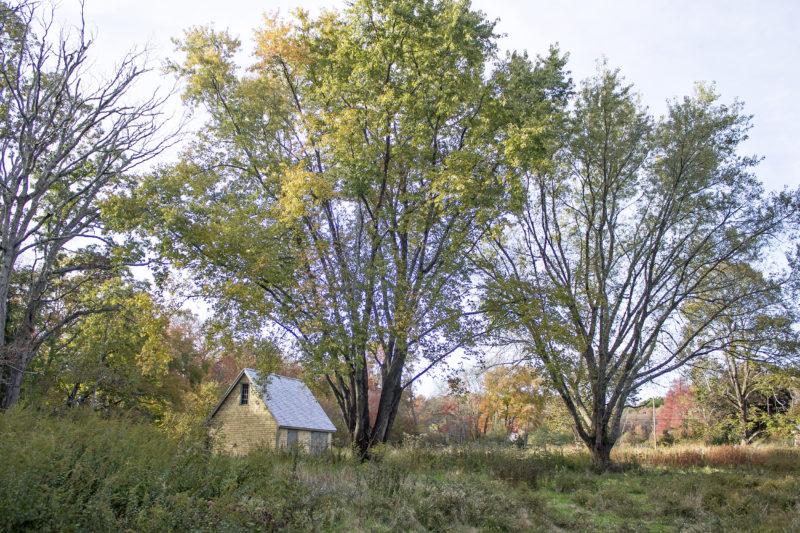
Hamlin Crossing is one of the newest additions to the growing Acushnet River Reserve, contributing to the long-term vision of a corridor of conservation and recreation lands that protects the river’s health and provides new places where people can get outside.
The Acushnet River Reserve continued to grow this year, with the addition of two new trails and approval of funding to expand the popular Acushnet Sawmill into New Bedford. Nine-acre Hamlin Crossing and 21-acre P.J. Keating Woods are the newest trails in Acushnet where you can get outside, take a walk in the woods, and discover the environment that lines the Acushnet River.
In total, over 125 acres are now forever protected from Marsh Island to Hamlin Street as part of the Acushnet River Reserve. These newest additions will contribute to the long-term vision of a “greenbelt”: a growing corridor of conservation and recreation lands along the Acushnet River that not only serves to protect the river’s health, but also provides new places where people can get outside and discover their Buzzards Bay.
Additionally, a project to expand The Sawmill into New Bedford with safer access, more parking, and new community gardens is moving forward. Thank you to New Bedford City Councilors Debora Coelho, Brad Markey, Joe Lopes, Scott Lima, Hugh Dunn, Maria Giesta, Brian Gomes, and Ian Abreu for voting to allocate Community Preservation funds toward the purchase of land that will expand The Sawmill, ensuring that the city’s North End will always be the front door to the Acushnet River Reserve.
4. Carrying on the legacy of the Westport Fishermen’s Association
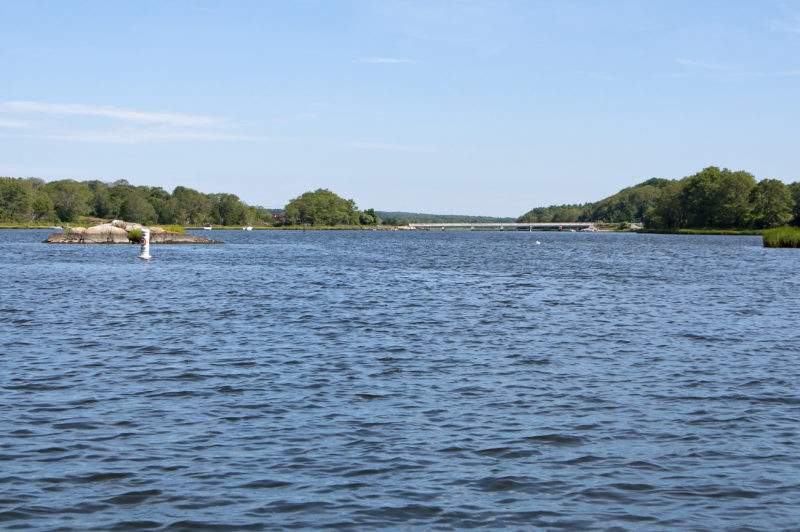
The Coalition will continue the Westport Fishermen’s Association’s legacy of advocating for pollution reductions and marine habitat protection in the Westport River and its tributaries.
Since 1983, the Westport Fishermen’s Association (WFA) has been advocating for clean, healthy water and abundant marine habitats in Westport. Now, 35 years later, the WFA has found a strong ally in the Coalition to sustain and grow its legacy work. A merger of the two organizations was unanimously approved by our boards in October.
We’ve worked hand-in-hand with the WFA for decades on advocacy efforts to clean up pollution sources, protect wetlands, and preserve native fish habitat. We’re honored to carry on this legacy of action and willingness to take on the tough challenges facing the Westport River.
As part of the merger, the Coalition will assume responsibility for managing the WFA’s historic Horseneck Point Life Saving Station, adding the site to our network of educational centers and conservation reserves across the region. We’ll also continue the traditional winter Oyster Stew Supper, coming up on February 6, and the Fishermen’s Clambake next fall.
In August, we also acquired the lands of the Greater Fall River Land Conservancy when that organization decided to cease its operations. These 61 acres in the eastern part of Fall River include forested land where water flows to the Westport River.
We’re honored that the conservancy asked us to safeguard its lands as part of our watershed land holdings. They did the most important work of bringing these forests into land trust protection – now we will care for them into the future and ensure that they are always working to protect clean water in the Westport River.
5. Upgrading septic systems around Buzzards Bay to reduce more nitrogen pollution
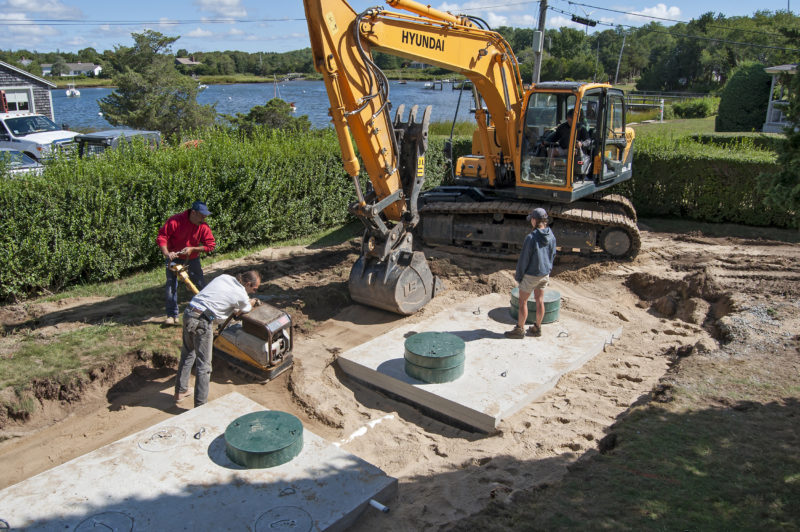
By upgrading septic systems at homes around the Bay, we’re demonstrating workable solutions to nitrogen pollution.
Septic systems are the single greatest source of pollution to Buzzards Bay. By upgrading septic systems around the Bay, we’re demonstrating workable solutions to nitrogen pollution. As part of a pilot project with our partners from Barnstable County and the University of Rhode Island, 12 homes around the Bay are receiving a “layer cake” septic system, which removes nitrogen through a multi-layer leach field.
And in Falmouth, we’re continuing to work with the town to demonstrate workable solutions to nitrogen pollution in West Falmouth Harbor by upgrading septic systems. The first phase of our demonstration project in 2016 resulted in a 78% reduction in nitrogen pollution from 20 upgraded septic systems. We’re now upgrading 10 more systems around West Falmouth Harbor as part of Phase 2 of this effort.
6. Completing the first season of on-the-water programming at the Onset Bay Center
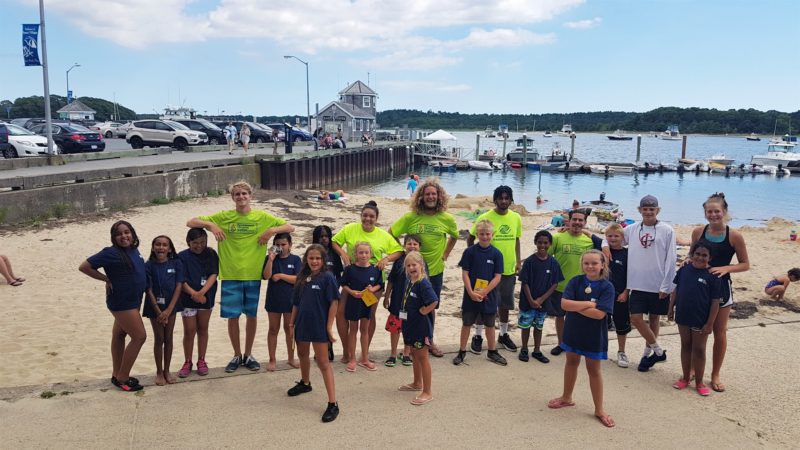
Two dozen children learned how to sail, swim, and kayak this summer during the Onset Bay Center’s first official season of on-the-water programming.
Two dozen children learned how to sail, swim, and kayak this summer during the Onset Bay Center’s first official season of on-the-water programming, offered in partnership with the Community Boating Center, the Wareham Boys & Girls Club, Wareham CARE, and the Gleason Family YMCA.
Once completed, the Onset Bay Center will offer a full slate of vibrant, high-quality Onset Bay programs for hundreds more children and family from around the Wareham community.
To support this programming, we’ve begun to transform the historic Onset Bathhouse into the Onset Bay Center’s headquarters. The bathhouse will serve as a classroom, community gathering space, and boat storage.
We also just completed the first phase of restoring Wickets Island, where people of all ages will be able to swim, fish, paddle, dig for quahogs, walk, and picnic. The island is part of more than 100 acres of land we’ve recently protected in Onset, including nearby Burgess Point and Shell Point Marshes. These places will be where the next generation of Bay stewards will discover their Buzzards Bay.
7. Raising record funds and participation in the Buzzards Bay Swim and Watershed Ride
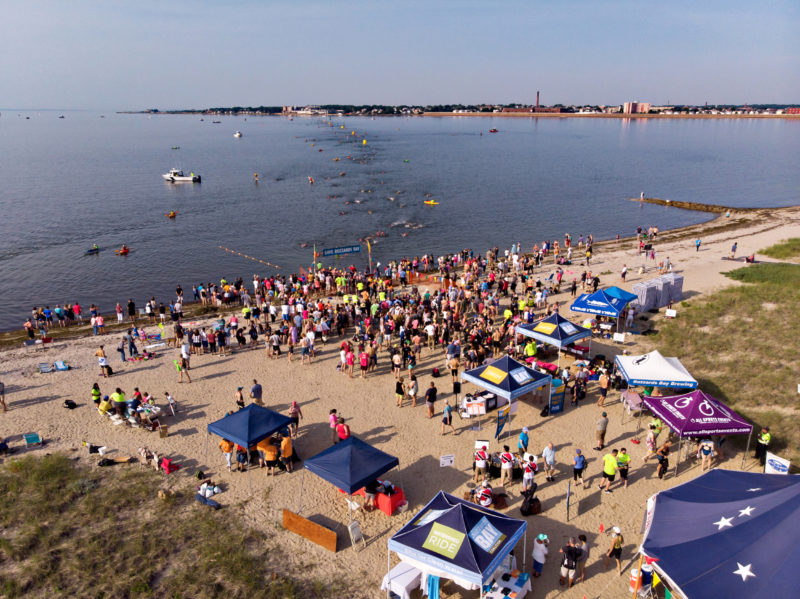
A record 315 swimmers swam 1.2 miles across outer New Bedford Harbor on June 30 to raise over $153,000 to support the Coalition’s work to protect clean water.
2018 marked the 25th anniversary of the Buzzards Bay Swim, and it was the most remarkable in the event’s history: a record 315 swimmers swam 1.2 miles across outer New Bedford Harbor on June 30 to raise over $153,000 to support our work. And in October, 242 participants in the Watershed Ride broke more records when they pedaled 100, 75, and 35 mile courses around the Bay to raise an incredible $162,000 for our work.
These community events are much more than just fundraisers – they bring together people who want to get outside, experience the Bay with their friends and loved ones, and take action for the same cause: clean water. They give us a chance to celebrate how far Buzzards Bay has come, while recommitting to finishing the job together.
I’m already looking forward to next year’s Swim on June 22 and Watershed Ride on October 6. Be on the lookout for registration opening for both events in the new year.
8. Keeping Cuttyhunk Harbor clean with free boat pumpouts
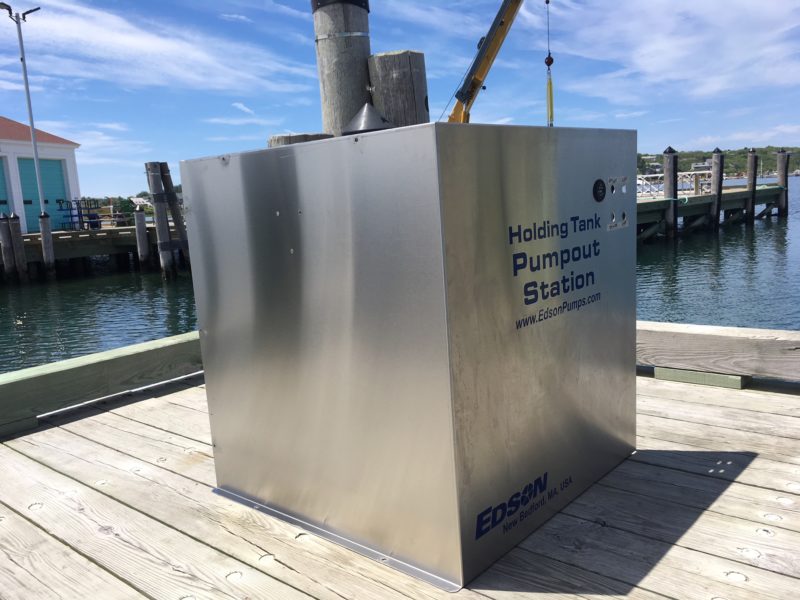
The holding station for Cuttyhunk’s new, permanent boat waste pumpout station.
Boaters visiting Cuttyhunk can now get free pumpouts every summer at the Coalition’s new permanent pumpout station, located at the fuel dock. This free, self-service pumpout station, which opened in June, removed an estimated 5,000 gallons of waste from a total of 170 boats in 2018.
Longtime Cuttyhunk residents and visitors have already noticed a difference in the health of Cuttyhunk Harbor as a result of this pumpout service. For instance, lifelong island summer resident Charlie Lovell, who served as the pumpout manager this summer, told us that the harbor looked so much cleaner this summer than in years past that he actually went swimming in the middle of the season – something he hadn’t done in years.
Your continued support helps to run this essential service for Cuttyhunk boaters and keep the harbor clean.
9. Preventing illegal wetlands destruction on Buzzards Bay
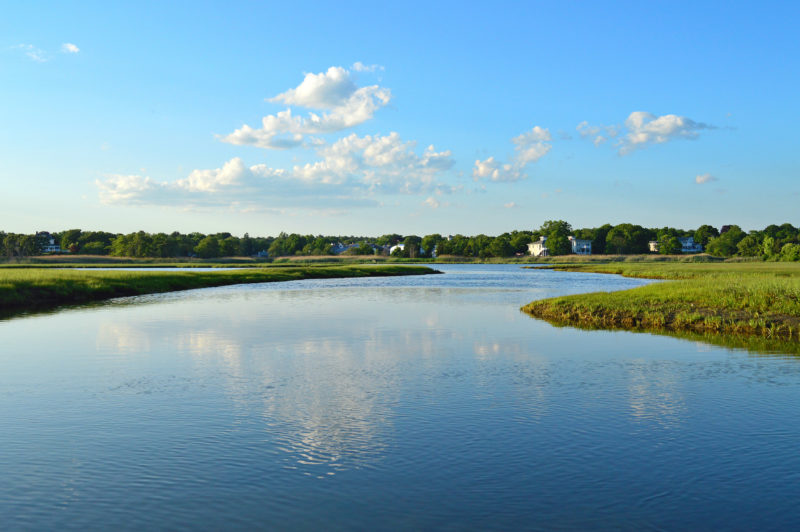
Eel Pond in Mattapoisett is one of Buzzards Bay’s most delicate coastal salt ponds.
It was one of the most egregious wetlands violations Buzzards Bay had seen in years: A homeowner filled in half an acre of wetlands and buffer zone along Eel Pond at the head of the Mattapoisett River, altering these delicate habitats into residential lawn. After three years of tireless advocacy at local hearings and ultimately in Superior Court by the Coalition and the Mattapoisett Conservation Commission, the homeowner is now under court order to restore the wetlands.
This case is a win for the future of Buzzards Bay. Not only will these critical habitats be restored, but this case sets an example for other Bay towns. We will continue to track wetlands violations across the Bay and support local commissions that are working to protect the Bay’s most sensitive habitats.
10. Putting Buzzards Bay science into action to clean up our waterways
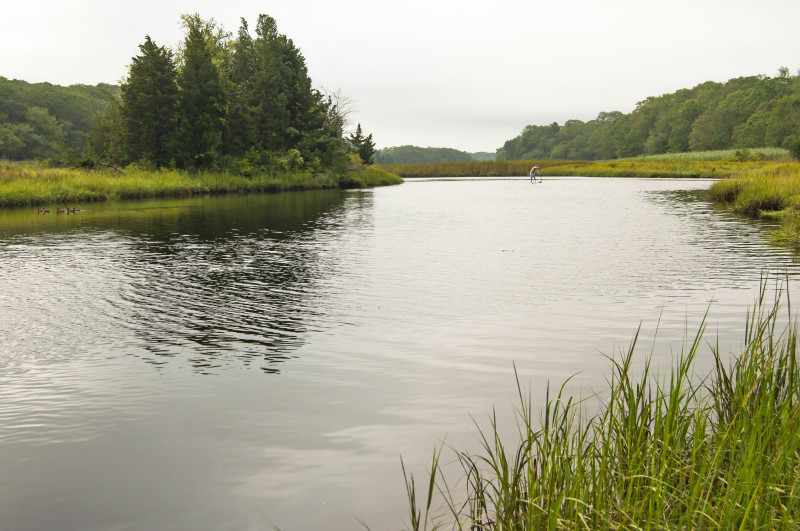
The Slocums River is one of 27 local waterways on Buzzards Bay that need TMDLs — federally approved cleanup plans that chart a course to restore polluted rivers, harbors, and coves.
The Bay’s most severely polluted harbors, coves, and rivers have been waiting for years for cleanup plans called TMDLs that set limits on nitrogen. These federally approved cleanup plans which use the Coalition’s Baywatchers monitoring data, chart a course to restore polluted waterways and unlock access to funding and technical assistance for towns to take action.
This year, the Slocums River in Dartmouth received a draft cleanup plan that is set to be finalized in 2019. And across the Bay in Falmouth, the EPA issued cleanup plans for Quissett Harbor, Wild Harbor, and Rands Harbor/Fiddlers Cove in February.
But these are just a handful of the 27 local waterways that need TMDLs. With your help, we’ll continue to provide the sound science and tireless advocacy needed to make these nitrogen pollution cleanup plans a reality – so every Buzzards Bay waterway has a path to clean water.